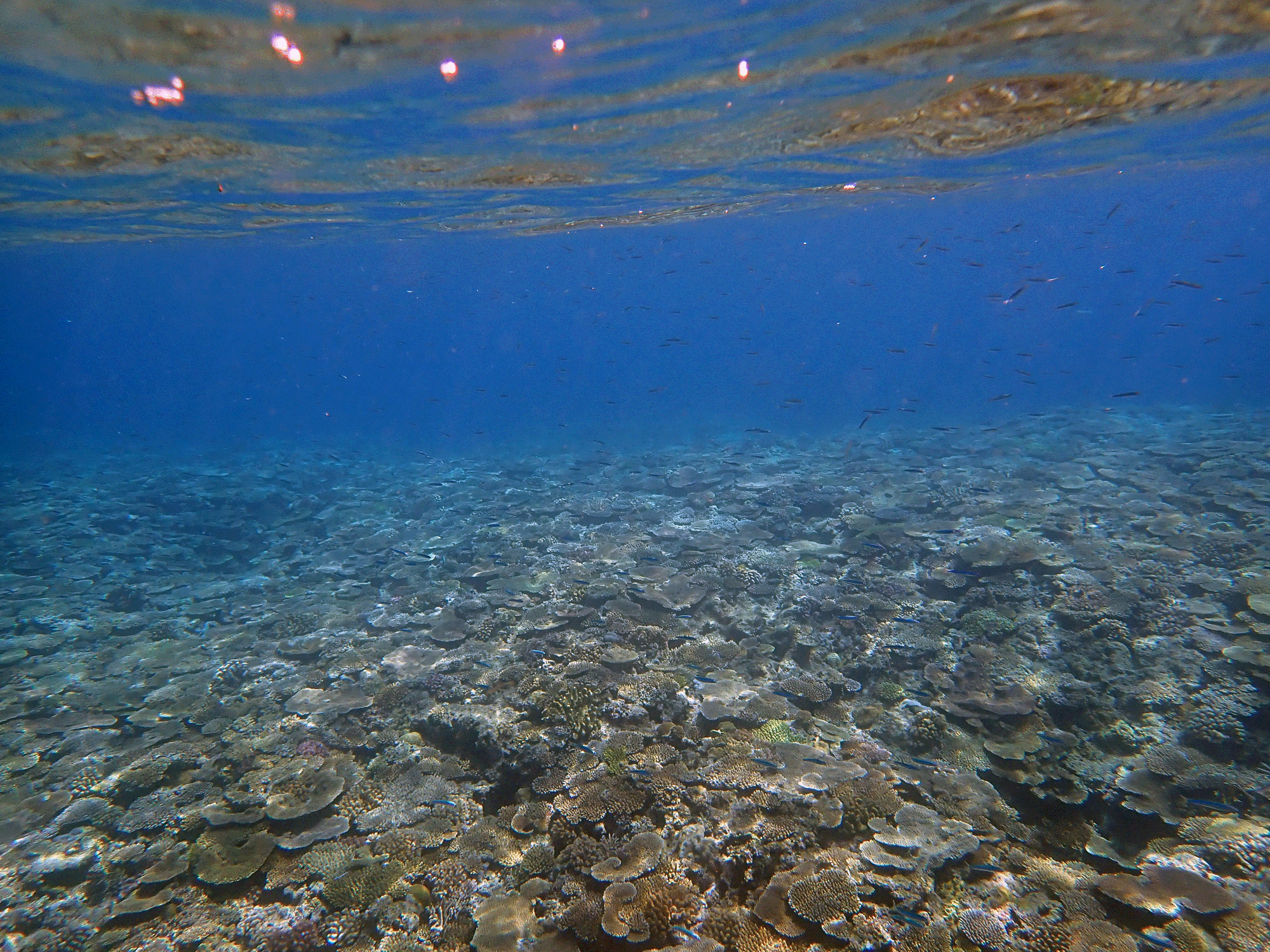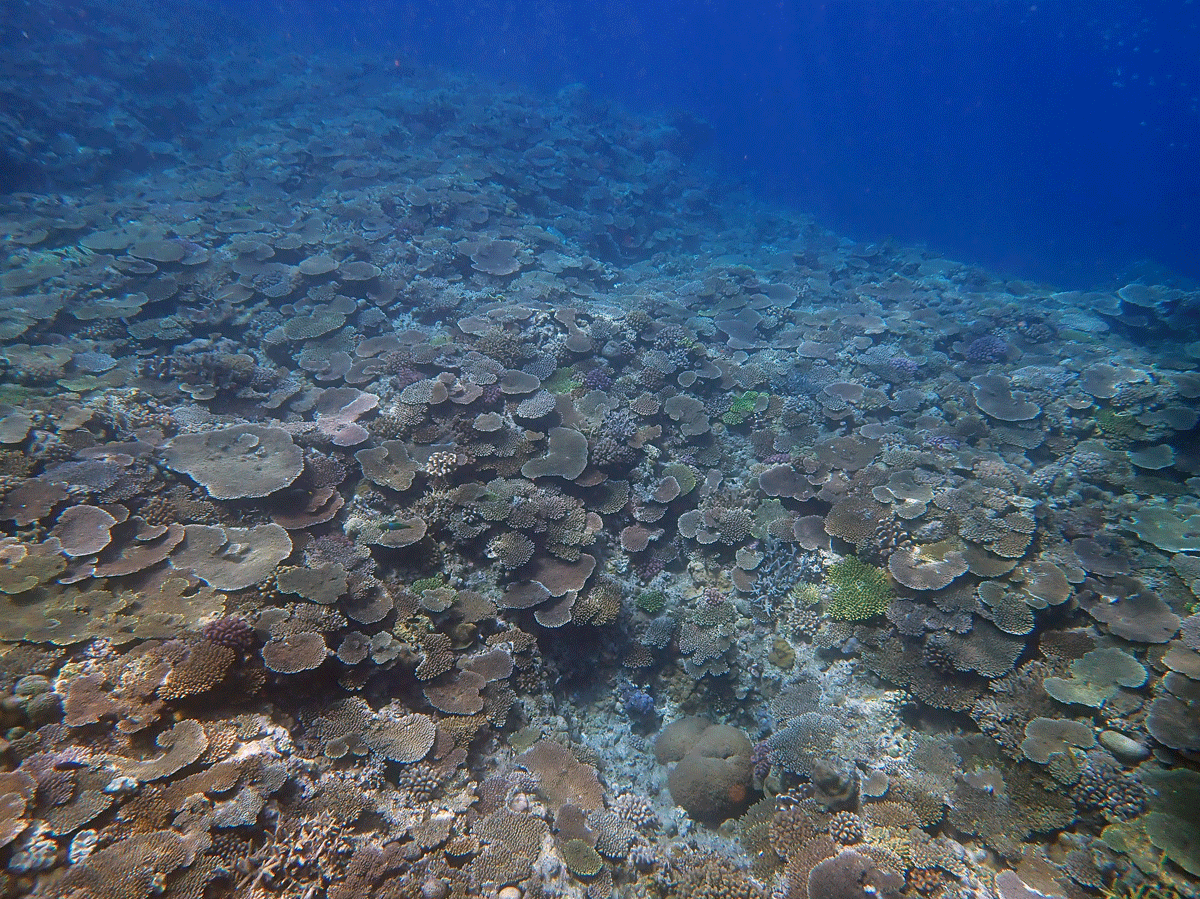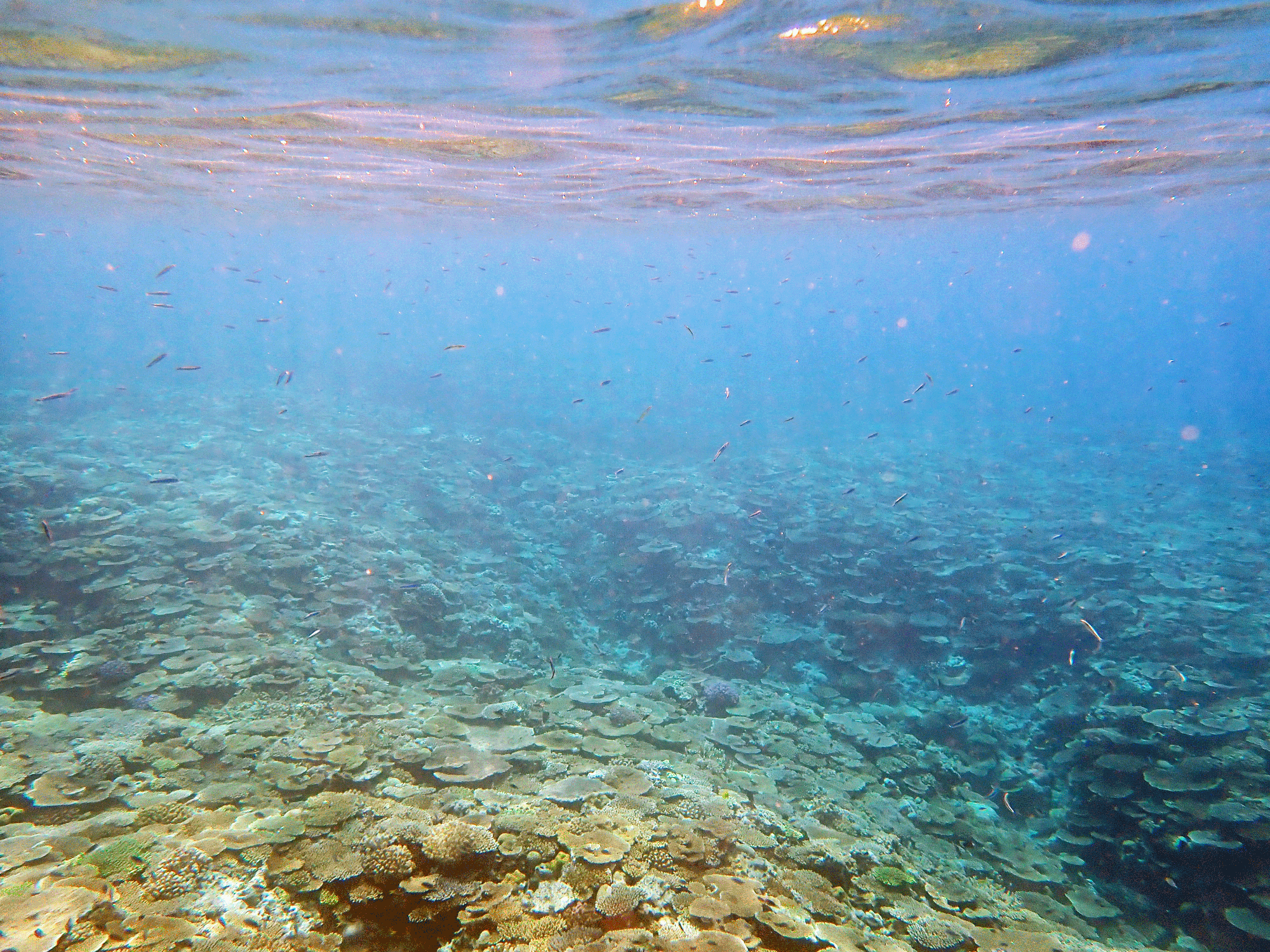AZoCleantech speaks with Koki Nishitsuji from Okinawa Institute of Science and Technology about his research into developing a tool that can establish the diversity of hard corals on a reef by examining the DNA in a sample of seawater. This research will contribute greatly to coral reef conservation and restoration worldwide.
Coral reefs are the most biodiverse habitats in the ocean. Why is it so important to protect, preserve and recover coral reefs?
Not only are coral reefs incredibly diverse and house around 25% of all marine life, but they also protect coastlines from storms and erosion and provide food and income to millions of people worldwide.
However, corals are dying due to global warming, and the reefs are disappearing. This means that the preservation and recovery of coral reefs help to protect the diversity of marine life and the livelihoods of the people associated with them.

Recently, ongoing climate change has imperiled scleractinian corals and drastically altered coral reef environments. How will understanding the changes in coral reef communities help to preserve them?
Due to climate change, coral reefs all over the world are dying, but there is not enough concrete information about what kind of corals are living there and/or which coral species are more affected. In order to stem this critical environmental change and to conserve coral reefs, we first need to understand their current states in concrete terms.
It is impossible to protect and recover coral reefs without an understanding of the current situation. For example, when we perform coral farming for reef restoration, it is not appropriate under natural conditions to farm only common coral colonies, like Acropora corals. However, many people only know coral as coral because the classification of coral is very difficult for non-experts.
This means that it is not easy to take into account the coral species in reef-conservation projects. In other words, it is important to develop coral conservation and restoration projects that are appropriate to the local environment.
What inspired your research into developing a tool to accurately and easily determine the diversity of coral?
In order to understand the growth, coverage and diversity of corals, divers have to dive deep down to each point. However, the structures and colors of coral can be similar among different species. Furthermore, their features can also be different within the same species.
Thus, direct observation surveys by divers are not only time-consuming but also require a high level of expertise to assess diversity accurately.
This novel tool is arguably a step forward for coral reef conservation and restoration worldwide. Can you give an overview of how this powerful new tool can determine the diversity of hard corals on a reef?
We took one liter of seawater from each point of the coral reef. The seawater contains DNA of corals living in the vicinity, so-called environmental DNA (eDNA).

With the extracted eDNA from seawater, the particular coral DNA sequence is amplified by PCR using developed primers. This PCR technique is the same principle as the COVID-19 test. The amplified coral DNA was sequenced using the next-generation sequencer platform, Illumina MiSeq.
Computer analysis of the data generated by MiSeq gave us information on the coral genera living around each of the survey sites.
Conventionally, researchers would have to dive into the ocean and record the different types of coral they observed, regularly returning to record changes. What are the drawbacks of such a method?
Traditional diving methods rely on the skills and knowledge of the divers. It takes many years for a diver to be able to accurately identify a wide variety of coral species by sight. This means that it was impossible for people who can not dive to carry out coral surveys, ultimately limiting the number of people who could work with corals.
In addition, even the most experienced divers are bound to make human errors, such as misidentifying coral. Moreover, for safety reasons, more than one diver is required at each dive site, which adds to the cost of human resources.
How does this new method improve on the traditional approach to understanding coral diversity?
Using the new method we developed, we can understand the diversity of coral without diving. The only skill required is the ability to scoop 1 liter of seawater from a boat. If you can do that, you can essentially understand the diversity of coral in different survey sites.
You do not need a huge amount of knowledge, long-term experience, or even a diving license. The time and cost required to obtain the results of a survey is also much lower than the diving method.

Can you give an overview of the short DNA sequence primer that you developed?
The primer sequences are conserved among 36 genera of scleractinian corals; on the other hand, sequences amplified using primers are unique for each coral genera. Based on the amplified sequence, coral genera are determined.
It is important to note that we cannot identify coral species with these primers; we are currently in the process of developing other new tools for coral-species detection.
When analyzing the results gathered by the primer, what did you discover?
The first thing that we discovered was that the diversity of coral species detected was equal to or greater than that found by visual measurements. This means that we were able to detect coral genera that divers were not able to find. The method was capable of detecting corals that would otherwise have been missed by the human eye.
Secondly, the composition of the eDNA was almost identical for the water directly above the coral at a depth of 5-7 m, and the surface water directly above the coral. This means that just 1 liter of surface water is enough to determine the diversity of corals living in the surrounding area.
Finally, the composition of the eDNA was different at a distance of only 730 m. This means that coral diversity varies from site to site, even within 1 km.
Can this primer be used to identify coral species?
So far, it is impossible to identify any of the 36 genera of stony corals used to design the primers. The reason is that the necessary DNA information of the other coral genera has not yet been decoded. Once the information has been published, it will be possible to use the developed primers to identify more coral genera. In other words, the potential of primers we developed is even greater.
What are the next steps for your research?
First, we need to decode the necessary DNA information to be able to identify more coral genera.
Second, the primers we have developed do not allow us to identify species, so we are working to develop new primers that will allow us to identify coral species.
Third, we need to understand coral diversities at various sites using this method. This study took place around the main island of Okinawa, accompanied by “The Monitoring Sites 1000 Projects Coral Reef Survey”, where two divers surveyed coral diversities by sight. Although we do not currently have the results, they are anticipated.
About Koki Nishitsuji
 Koki Nishitsuji is a staff scientist for the Marine Genomics Unit at the Okinawa Institute of Science and Technology, Okinawa, Japan. He was the first in the world to successfully decode the genomes of the brown alga Cladosiphon okamuranus and Nemacystus decipiens and the green alga Caulerpa lentillifera (known as “Mozuku” and “Umibudou” in Japanese, respectively), both of which are unique to Okinawa. In 2021, a research team, including Koki, also succeeded in establishing coral culture cells. Koki thinks it is important to fight global warming ‘under the sea.’
Koki Nishitsuji is a staff scientist for the Marine Genomics Unit at the Okinawa Institute of Science and Technology, Okinawa, Japan. He was the first in the world to successfully decode the genomes of the brown alga Cladosiphon okamuranus and Nemacystus decipiens and the green alga Caulerpa lentillifera (known as “Mozuku” and “Umibudou” in Japanese, respectively), both of which are unique to Okinawa. In 2021, a research team, including Koki, also succeeded in establishing coral culture cells. Koki thinks it is important to fight global warming ‘under the sea.’
Disclaimer: The views expressed here are those of the interviewee and do not necessarily represent the views of AZoM.com Limited (T/A) AZoNetwork, the owner and operator of this website. This disclaimer forms part of the Terms and Conditions of use of this website.